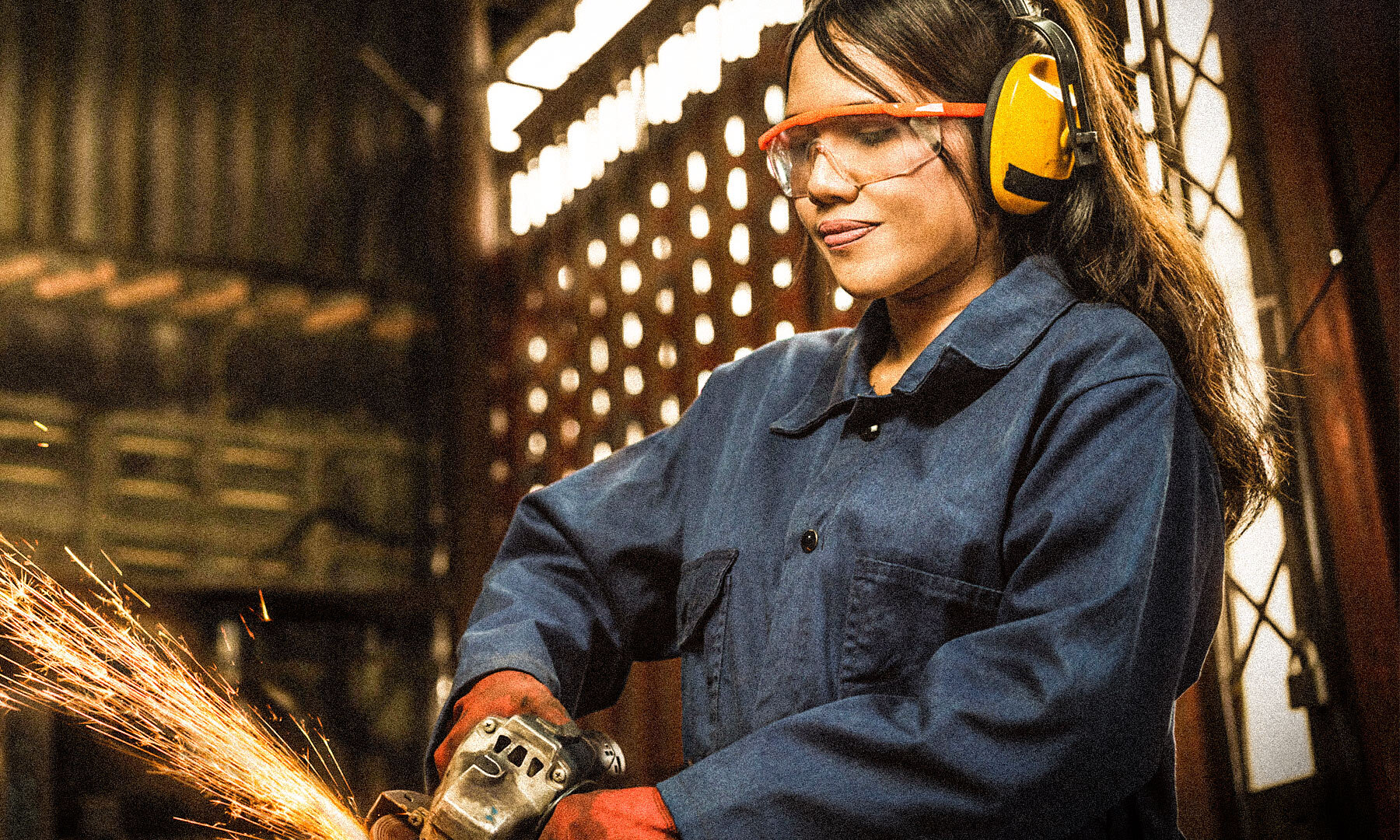This is part five of our Fall 2022 Bumpy Ride labour market series update. It presents up-to-date information on women’s economic security, unpacking national-level statistics and identifying emerging economic trends that impact women’s economic standing. More updates to come in the weeks ahead.
Quick takeaway
A tight labour market and high vacancies in several industries have pushed up wages in several select occupations. But overall wage growth—and women’s wage growth in particular—has been modest.
Workers experiencing real wage losses
There continues to be a heightened demand for workers, including in several low-wage industries and the care economy. There were over 950,000 job vacancies across the country in August, down from record highs this past spring. A tight labour market and high vacancies in accommodation and food services and retail, for instance, have pushed up starting wages for select frontline workers. Likewise, there has been huge demand for (majority female) care workers, such as registered nurses, nurse aides and orderlies, child care workers, and social and community service workers.
But wage growth—and women’s wage growth in particular—has been modest, lagging the rate of inflation this past year to a considerable degree.
Looking at overall wage trends, women’s year-over-year wage growth averaged 2.1 per cent through the second half of 2021, rising slightly to an average of 3.1 per cent for the first six months of 2022. Nominal wage growth in June and July reached 5.8 per cent, before falling back to 4.9 per cent in September. Taking the rate of inflation into account, which ran above 7.5 per cent throughout the summer, workers have been recording real wage losses over the last year.
The picture varies by industry. Among low-wage industries, average adjusted weekly earnings, as reported in the Survey of Employment, Payrolls and Hours, were up 6.3 per cent between August 2021 and August 2022 in the retail sector, but only by 1.5 per cent in accommodation and food services and 1.7 per cent in other services.
The gap between wage growth and monthly inflation is as pronounced in the care economy. Year-over-year wage growth in health care and social assistance was only 0.9 per cent in August 2022, while average earnings in educational services has actually declined, down 2.4 per cent between August 2021 and August 2022. Again, this is before taking the impact of inflation on wages into account.
About this update

This Bumpy Ride Update series is part of a larger project, Beyond Recovery, which is working to support and advance a gender-just recovery from the COVID-19 pandemic. The project’s goals are to document and analyze women’s experiences, with a particular focus on those of marginalized women in hard-hit sectors, and to provide evidence-based policy proposals to ensure those who are most impacted in this pandemic are front and centre in Canada’s recovery. The Fall 2022 update draws on the annual and monthly Labour Force Survey and other related sources of information, highlighting differences between women and men as well as between different groups of women. Considering differences in the experiences of women with intersecting identities is crucial to understanding the impact of the pandemic and efforts to craft a fair and inclusive recovery, attentive to the experiences and struggles of marginalized and under-represented groups.
See the first Labour Market Update, published in May: Katherine Scott, A Bumpy Ride: Tracking women’s economic recovery amid the pandemic. Canadian Centre for Policy Alternatives, May 31, 2022.
This project has been funded in part by Women and Gender Equality Canada.



